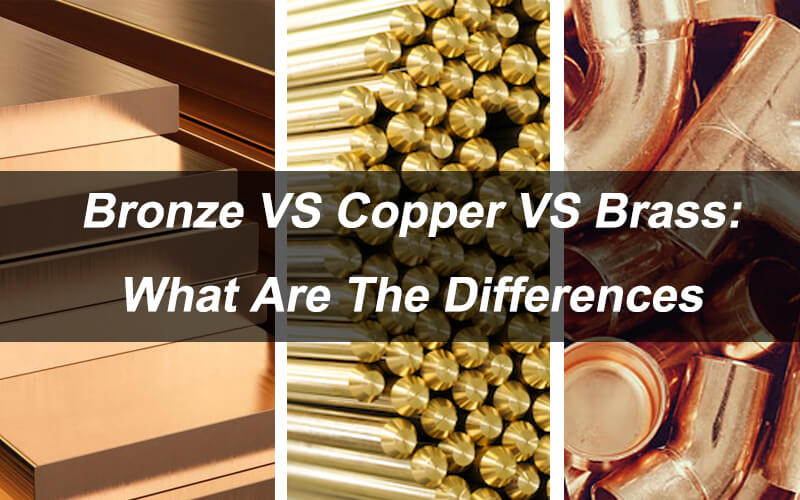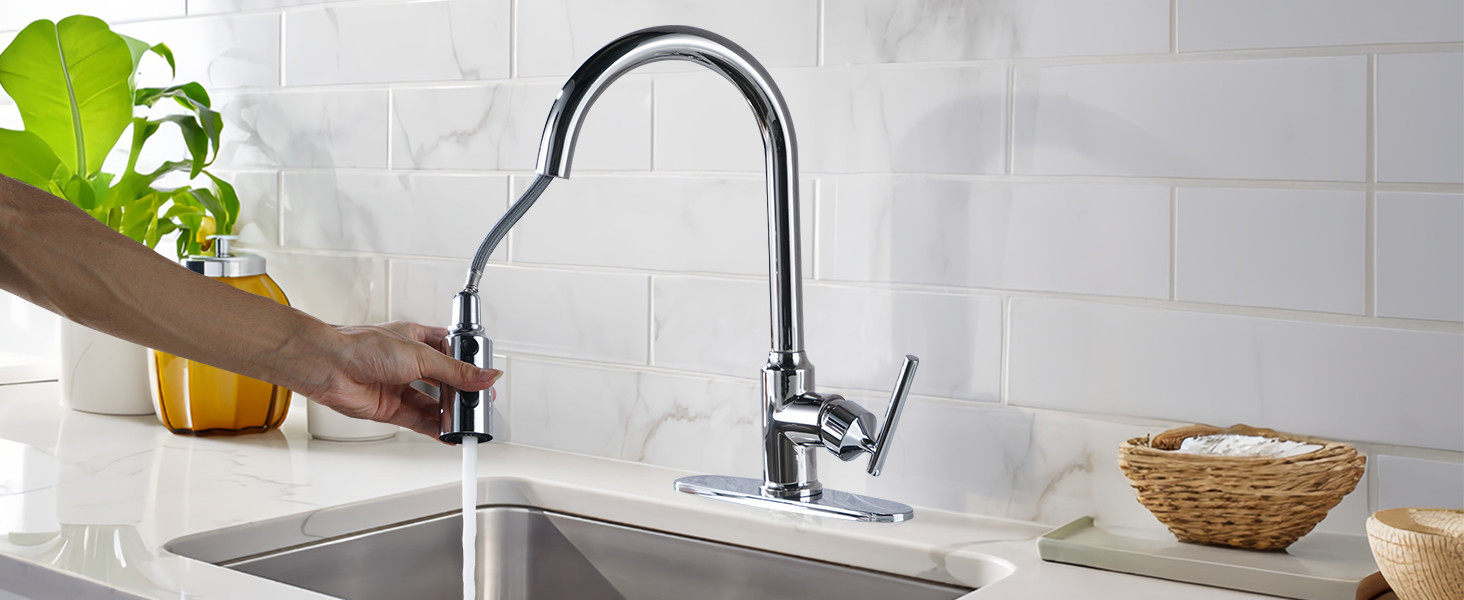
Metals have played an integral role in human civilization for centuries, serving as the building blocks of tools, weapons, art, and infrastructure. Three widely used metals that often spark confusion due to their similar appearances are bronze, copper, and brass. While they share certain characteristics, they also possess distinct properties that make them unique in various applications. In this article, we delve into the world of metals to uncover the differences between bronze vs copper vs brass.
Bronze VS Copper VS Brass: What Are The Differences
Composition and Origins
Copper, a reddish-brown metal, is one of the oldest known metals to humanity. Its discovery dates back thousands of years, and it has been used for a myriad of purposes, from making coins and jewelry to electrical wiring due to its excellent conductivity. Copper is often found in nature as copper ores, which are typically sulfides or oxides. It’s also a critical element in the human diet, playing a role in enzyme function and overall health.
Bronze is an alloy created by combining copper with varying amounts of tin, although other metals like aluminum, nickel, or zinc can also be added. The introduction of tin to copper results in a stronger, harder material that has been pivotal in shaping ancient civilizations. Bronze was a crucial technological advancement, leading to better tools, weaponry, and even art sculptures. Its distinct golden-brown hue sets it apart from pure copper.
Brass, on the other hand, is an alloy composed of copper and zinc. The addition of zinc imparts a yellowish color to the metal, often resembling gold. This similarity to gold has made brass a popular choice for decorative items and musical instruments. The composition of brass can vary widely, with different ratios of copper and zinc yielding diverse properties.
Properties and Applications
Each of these metals possesses unique properties that determine their applications and usefulness.
Copper is celebrated for its remarkable electrical and thermal conductivity. This property makes it an ideal material for electrical wiring, plumbing, and heat exchange systems. Its natural antimicrobial properties have also led to its use in hospitals, where copper surfaces can help reduce the spread of bacteria. Beyond its functional roles, copper’s aesthetic appeal has contributed to its popularity in jewelry and architectural elements.
Bronze, due to its increased hardness and durability compared to pure copper, found its way into various tools, weapons, and sculptures in ancient times. The Bronze Age, a significant period in human history, owes its name to this metal. Bronze’s resistance to corrosion makes it suitable for outdoor sculptures and marine applications, as well as bushings and bearings in machinery.
Brass strikes a balance between the golden appearance of gold and the malleability of copper. Its vibrant color and corrosion resistance have made it a favored material for decorative purposes, such as doorknobs, faucets, and musical instruments like trumpets and saxophones. The malleability of brass allows for intricate designs and details, making it a versatile choice for ornamental applications.
Strength and Durability
When it comes to strength and durability, bronze takes the lead due to its alloyed nature. The addition of tin (or other metals) enhances its mechanical properties, making it tougher than both pure copper and brass. This property was a significant factor in the historical preference for bronze in tools and weaponry.
Copper itself is relatively soft and malleable. While this characteristic is beneficial for shaping and forming, it might not be suitable for applications requiring high levels of mechanical stress or wear resistance. However, copper’s excellent conductivity and corrosion resistance make it invaluable in electrical and architectural applications.
Brass lies between copper and bronze in terms of strength. Its composition of copper and zinc offers improved hardness and durability compared to pure copper but falls short of the sturdiness of bronze. Brass is more suitable for decorative and ornamental purposes rather than heavy-duty applications.
Corrosion Resistance
All three metals—copper, bronze, and brass—exhibit varying degrees of corrosion resistance, largely due to their copper content.
Copper is known for its resistance to atmospheric corrosion, which gives it the characteristic greenish patina over time. This patina not only adds to its aesthetic appeal in architecture but also serves as a protective layer that prevents further corrosion.
Bronze, due to the presence of tin or other alloying elements, is generally more corrosion-resistant than pure copper. This property makes bronze suitable for applications where exposure to moisture or harsh environmental conditions is likely.
Brass is also corrosion-resistant, particularly against atmospheric elements. However, compared to bronze, it might be less resistant to certain corrosive environments. The specific composition of brass, including the ratio of copper to zinc, can influence its corrosion resistance.
Conclusion
In the realm of metals, copper, bronze, and brass stand as distinct players with their own set of characteristics and applications. While copper boasts excellent conductivity and a rich history of usage, bronze’s alloyed nature grants it superior strength and durability, contributing to its pivotal role in ancient technological advancements. Brass, with its golden appearance and malleability, finds its place in ornamental and decorative contexts.
Understanding the differences between these metals enables us to make informed decisions when choosing materials for various applications. Whether it’s the conductivity of copper, the historical significance of bronze, or the aesthetic allure of brass, each metal has left an indelible mark on human history and continues to shape the world around us.
 WOWOW Faucets
WOWOW Faucets





您好!Please sign in